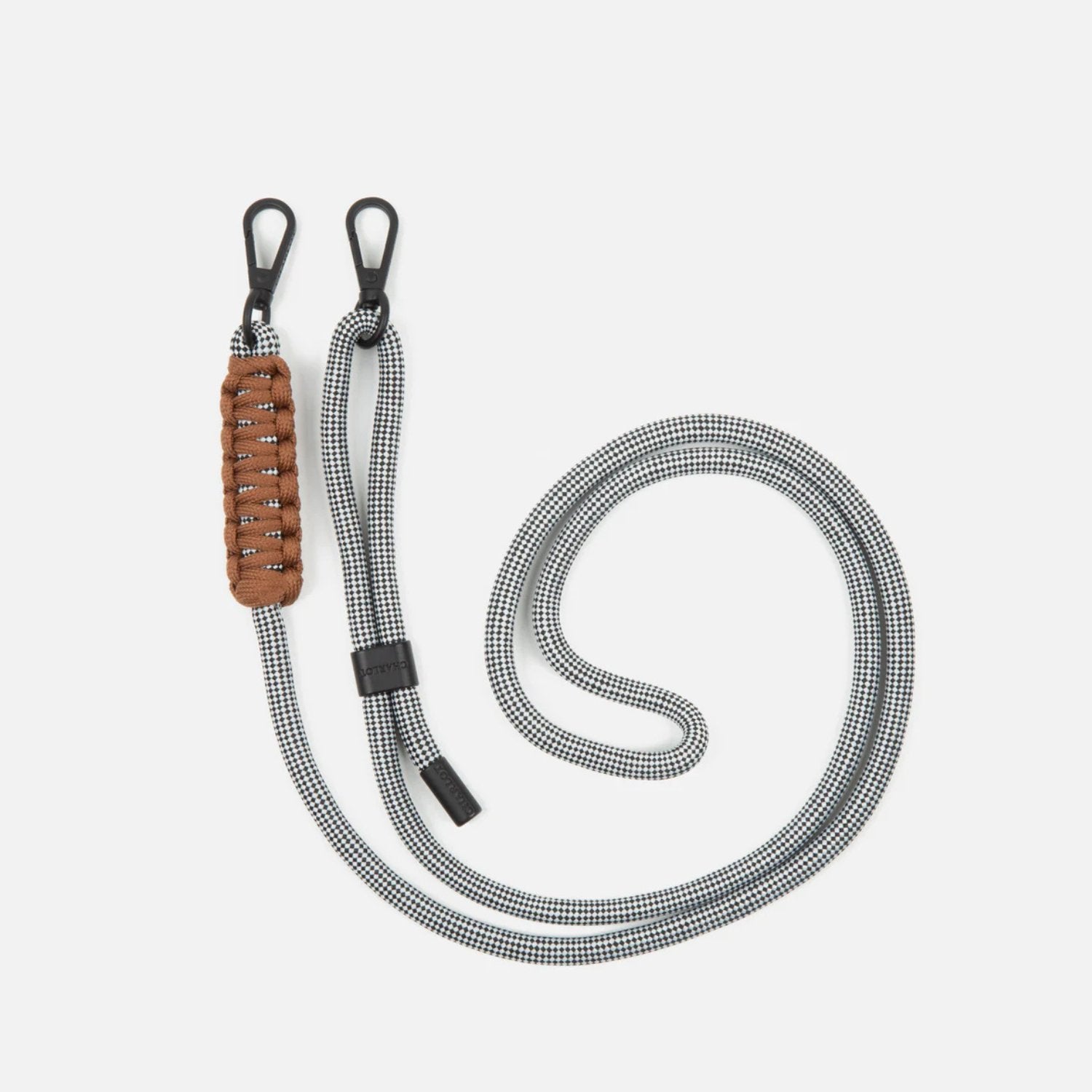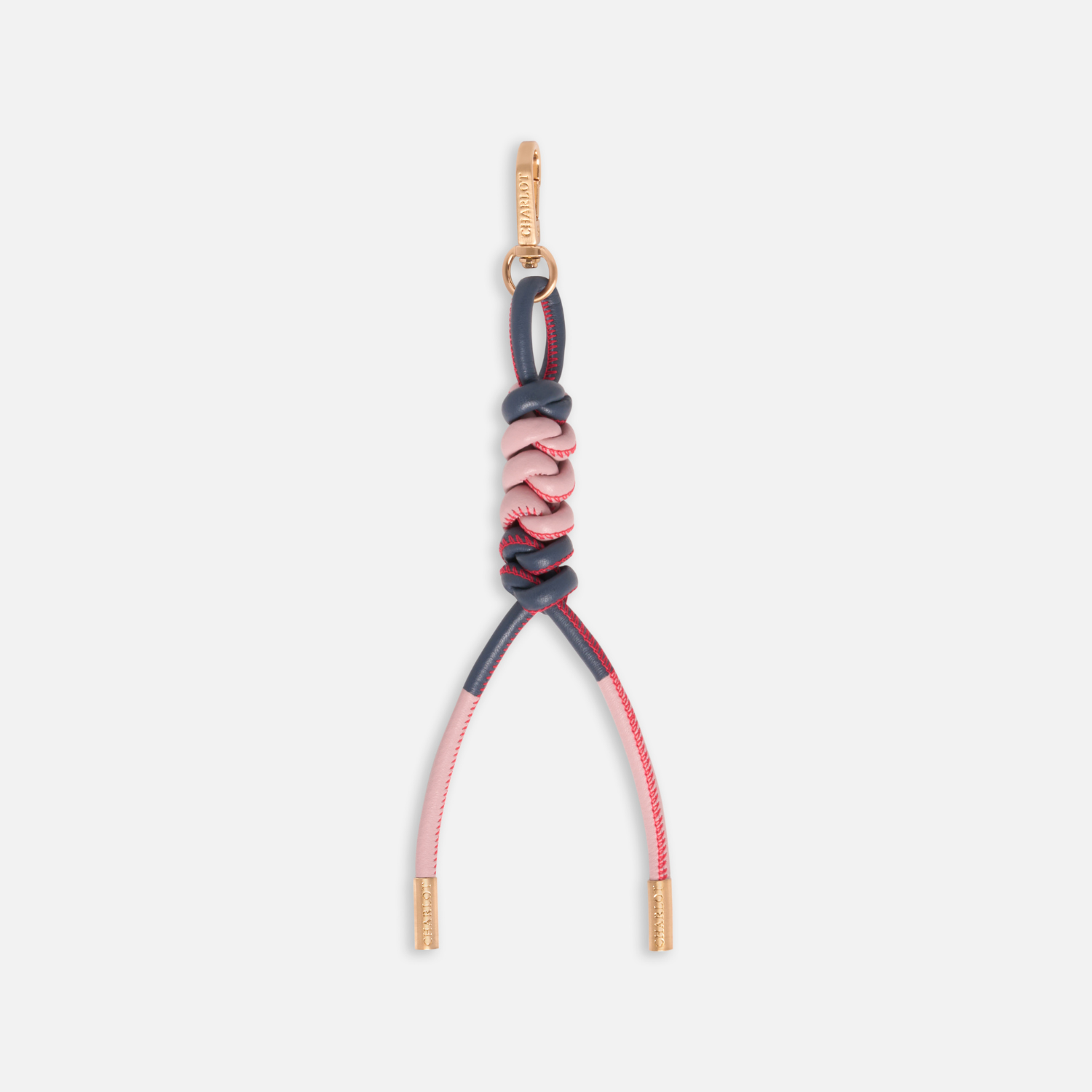What damages an iPhone battery?
Wondering what's damaging your iPhone's battery? Want tips on how to keep it healthy?
So be sure to read this article in its entirety.
Battery health is a key element in the performance and longevity of your device.
Overcharging, exposure to extreme temperatures, regular deep discharge, use of uncertified chargers and lack of updates are all habits that can harm your battery .
But what behaviors should you avoid to best preserve the capacity of your iPhone?
In this article, we will explore:
- What is iPhone battery health and how to check it
- What consumes the most battery on an iPhone
- Behaviors that damage battery health
- Tips to extend your battery life
Ready to learn how to take care of your iPhone's battery? Let's get started with our helpful tips!
Understanding iPhone Battery Health

Battery Health is a feature introduced by Apple since iOS 11.3. It allows you to evaluate the current capacity of your battery compared to its initial capacity. To view this information, go to Settings > Battery > Battery Health .
This percentage can be misleading, however. Apple manufactures its batteries with a higher actual capacity than the advertised one . This is why an iPhone can maintain a 100% health status for several months of use. The battery only begins to visibly wear out when its capacity falls below the nominal capacity advertised by Apple.
Under normal wear and tear, the battery loses about one percentage point every 25 charge cycles . According to Apple, an iPhone battery is designed to retain 80% of its capacity after 500 complete cycles. One cycle is one full use of the battery's capacity, either at one time or over several partial charges.
What drains the most battery on an iPhone?
Battery consumption on an iPhone is mainly related to several factors.
1/ The screen
The screen remains the biggest power consumer, especially when the brightness is set to maximum. The higher the brightness, the faster the battery drains .
2/ Background applications
Background app refresh is also a significant source of power consumption. This feature allows apps to update even when they're not actively in use. Social media and messaging apps are particularly power-hungry because of this feature.
3/ Location services
Location services , which are constantly active for some apps, can also quickly drain the battery. GPS , in particular, requires a lot of energy to function. Navigation apps or games using augmented reality place heavy demands on this function.
4/ Mobile data and WiFi
Intensive use of mobile data and Wi-Fi also significantly impacts battery life. Frequently switching between different networks or constantly searching for a signal in poorly covered areas increases energy consumption.
Behaviors that damage battery health

Whether you realize it or not, some of your habits are detrimental to your battery's health. These include:
Extended night charge
Leaving your iPhone charging overnight is a common practice, but it's not recommended . Once it reaches 100%, the device continues to receive power to maintain that level, which puts unnecessary strain on the battery and accelerates its wear.
Overheating while charging
Charging under your pillow or near your body while sleeping is particularly dangerous. This practice can lead to overheating, which not only damages the battery but also poses a safety risk.
Use of uncertified chargers
Non-Apple-certified chargers and cables may deliver incorrect voltage. This can damage not only the battery but also the components of your iPhone.
Regular full discharge
Contrary to popular belief, letting your battery drain completely is harmful . Modern lithium-ion batteries don't require deep discharges. Apple recommends recharging as soon as the level drops below 20%.
Lack of iOS update
Not updating your iPhone regularly deprives your battery of the latest iOS optimizations. Each update can bring improvements in power management.
Use with a case while charging
Some cases , especially metal ones , can create interference and cause overheating during charging. Excessive heat is one of the main enemies of the battery.
How to preserve your iPhone's battery?

Now that you know the bad habits that damage your battery, it's time to find out how to preserve it.
Optimize the temperature
Keep your iPhone at room temperature , ideally between 16 and 22 degrees Celsius . Avoid direct exposure to sunlight or heat sources, especially while charging. The lithium-ion battery is sensitive to extreme temperatures.
Manage the load intelligently
Favor partial charges over full charges. Ideally, keep your battery level between 20% and 80% . Use iOS's Optimized Charging feature, which learns from your habits to reduce the time spent at 100%.
Use the right accessories
Only use MFi (Made For iPhone) certified chargers and cables . Check your cables regularly and replace them if they show signs of wear. Avoid unbranded or dubious chargers.
Optimize system settings
Turn on automatic brightness to adapt the screen to your environment. Manage background refreshes by disabling them for non-essential apps. Use power saving mode when needed.
Monitor power-hungry applications
Regularly check your settings to see which apps are using the most battery. Limit the use of location services to apps that really need it. Close power-hungry apps when you're not using them.
Keep iOS up to date
Install iOS updates regularly . Apple is constantly optimizing battery management through these updates. They can significantly improve your battery life and lifespan.
Save your iPhone battery!
We've reached the end of this article. You now know which behaviors harm your iPhone's battery health and how to avoid them. By adopting good practices, you can extend its lifespan and maintain its performance over the long term.
And to complete the protection of your iPhone, discover elegant and practical accessories at CHARLOT Paris to combine style and durability.
→ Choose a case that won't overheat your iPhone's battery!








